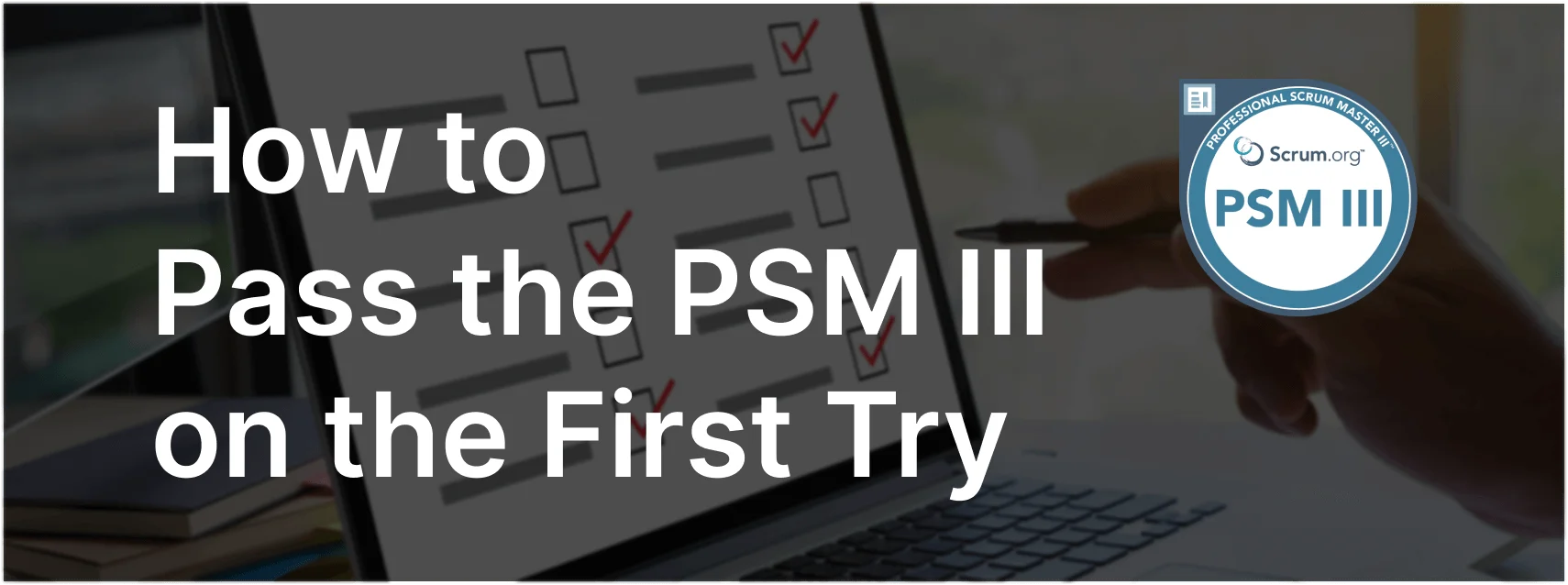Getting Product Backlog Items Ready for Sprint Planning
In Scrum, ensuring that Product Backlog items are ready for selection during Sprint Planning is essential for a smooth and effective Sprint. The practice that Scrum Teams commonly use to achieve this is called Product Backlog Refinement.
Exam Question
What practice can be used by the Scrum Team each Sprint to get Product Backlog items in the Product Backlog ready for selection during Sprint Planning?
Describe the practice and its outcomes.
What does “Ready” mean in the context of Scrum?
Explanation
Product Backlog Refinement
- What Is Product Backlog Refinement? Product Backlog Refinement is an ongoing process in which the Scrum Team reviews and revises the items in the Product Backlog to ensure they are well-understood, properly estimated, and aligned with the product vision. This process typically involves the Product Owner and the Developers collaborating to clarify the details, split large items into smaller ones, and refine estimates.
- How Is It Done? During Product Backlog Refinement, the team discusses the Product Backlog items (PBIs) in detail, identifying any dependencies, risks, or uncertainties. They might break down larger PBIs into smaller, more manageable items that can be completed within a single Sprint. The goal is to have a backlog of items that are clear enough to be selected and worked on during Sprint Planning.
- Outcomes of Product Backlog Refinement:
- Clearer PBIs: The team gains a better understanding of each item, making it easier to plan and execute the work.
- Improved Estimates: By discussing and refining the items, the team can provide more accurate estimates, which helps in better Sprint Planning.
- Prioritized Backlog: The Product Owner can reorder the Product Backlog based on the latest insights, ensuring the most valuable items are ready for the next Sprint.
- Increased Confidence: The team feels more confident in their ability to deliver the selected items within the Sprint, as the uncertainty has been reduced.
What Does “Ready” Mean in Scrum?
- Definition of “Ready”: In Scrum, a Product Backlog item is considered “Ready” when it is well understood, refined, and small enough to be completed within a single Sprint. A “Ready” item has clearly defined acceptance criteria, is free of major dependencies, and is estimated by the Developers. Essentially, it meets the “Definition of Ready,” which is a shared understanding within the Scrum Team of what makes a PBI ready for selection.
- Importance of “Ready”: Having “Ready” PBIs ensures that the Sprint Planning session is efficient and focused. It reduces the risk of selecting items that are not feasible to complete within the Sprint, thereby increasing the likelihood of delivering a Done Increment at the end of the Sprint.
Relevance to the PSM III Exam
Understanding Product Backlog Refinement and the concept of “Ready” is crucial for the PSM III exam. These practices are essential for maintaining a well-organized Product Backlog and ensuring that the team can consistently deliver valuable Increments. The exam may test your knowledge of how to implement and facilitate these practices within a Scrum Team.
Key Takeaways
- Product Backlog Refinement is the process used by Scrum Teams to prepare PBIs for Sprint Planning.
- A “Ready” PBI is well-defined, refined, and small enough to be completed within a single Sprint.
- Outcomes of Refinement include clearer PBIs, improved estimates, and increased confidence in Sprint Planning.
Conclusion
Product Backlog Refinement is a critical practice that ensures the Scrum Team has a well-prepared backlog of items ready for selection during Sprint Planning. By refining PBIs and ensuring they are “Ready,” the team can enter the Sprint with confidence, knowing that the selected items are clear, achievable, and aligned with the product vision. For more insights into Scrum practices and preparing for the PSM III exam, visit our Scrum Master PSM III™ Exam Prep.



